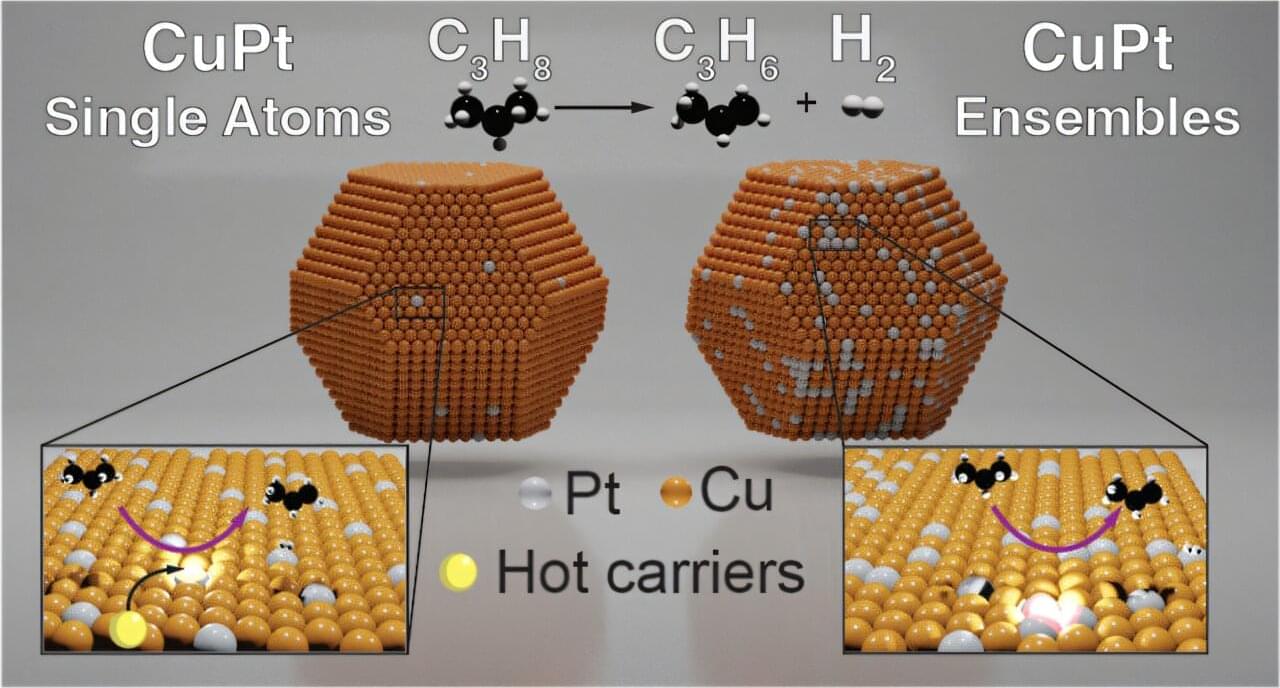More than 150 million metric tons of propylene are produced annually, making it one of the most widespread chemicals used in the chemical industry.
Propylene is the basis for polypropylene, a polymer used in everything from medical devices to packaging to household goods. But most propylene is produced through steam cracking, a high-energy process that uses heat to break down crude oil into smaller hydrocarbons.
Now, Northwestern University chemists have found a way to create propylene using light. Their findings show that a nanoengineered photoactive catalyst can make propylene directly through a process called nonoxidative propane dehydrogenation (PDH).
